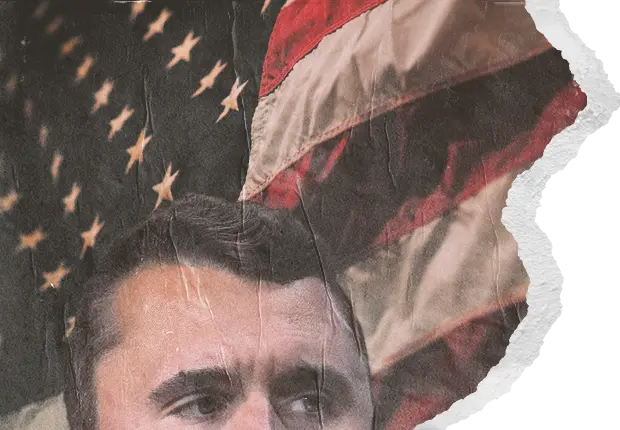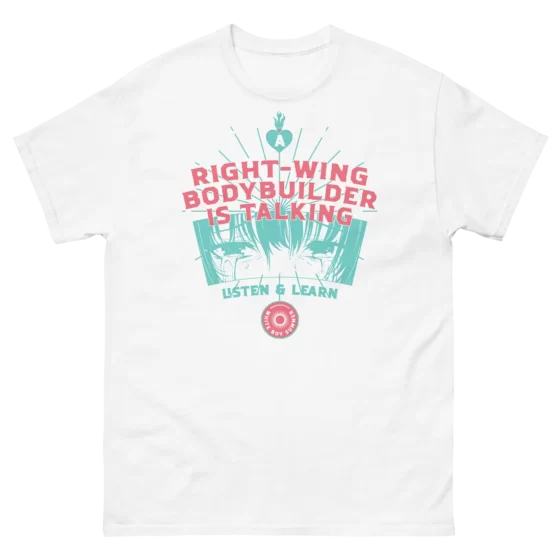Blow Up
I teach Humanities at a boarding school. Last week, in my elective Introduction to Modern World Cinema, we were watching Michelangelo Antonioni’s Blow Up. My classroom is all boys, most of them disappointed athletes who thought they had signed up to watch movies for an easy grade. Instead, they have been led through Italian Neorealism and French New Wave, and this week we had arrived at Art House Cinema.
Before the showing, I asked them to consider how the constant documentation of our lives—every photo, every clip, every reel—affects our grasp of reality. Does it sharpen it, or does it degrade it? Do we wear masks?
Blow Up masquerades as a murder mystery centered on Thomas, a London photographer who alternates between shooting authentic squalor and fashion spreads he detests. He drifts between art and commerce, through the glossy surfaces of Swinging London. One moment he is photographing down-and-out men in a flophouse, echoing Orwell’s essay The Spike; the next, he is snarling at models, “I’m fed up with these bloody bitches. I wish I had a ton of money. Then I’d be free.”
Several of my students balked at that line. Why isn’t he happy, they asked, to sit around photographing and sleeping with models all day? It seemed like a fair point. I reminded them of Dustin Hoffman’s remark that James Bond had never been portrayed truthfully—because the real Bond, Fleming’s Bond, does not care about women at all. Thomas’s bitterness is not about sex or glamour; it is about the void beneath it.
Then comes the film’s catalyst: a murder in the park, captured only in Thomas’s grainy blow-ups. The distorted images—strolling figures, a pistol emerging from the bushes—are never fully explained. Violence and uncertainty seep into the background as Thomas tries to continue about his business. It’s a familiar vibe to anyone who has spent time in an American city recently, where surveying one’s surroundings feels both necessary and ambiguous.
Halfway through our screening, word spread across the room: Charlie Kirk had been shot. One of the lacrosse players approached me with a TikTok reel of the footage. “Do you want to see it?” he asked, before pressing play. The crack of the rifle, the burst of blood from Kirk’s neck—it didn’t seem real. Students speculated it must be AI. The classroom teetered on the edge of chaos while Blow Up flickered on the screen. I checked X. It was real. I regained control of the room, but the image stayed with me. I hoped he might survive.
When the news of Kirk’s death was confirmed, reactions varied. Some students laughed, others were shaken. One member of the Afro Student Association exclaimed, “F**k, he died bro?” I was struck by the lightness of the reaction. Others recalled shaking his hand at an event, or spoke about how his endless stream of content had made him feel strangely familiar—always on their feeds, always close at hand. A heel for some, and an idol for others.
That familiarity mattered. Kirk’s audience was made up of students like mine. His short, sharp clips trained a generation of certain Zoomers to groan at progressive dogma. I had seen it myself at a recent chapel service: our DEI coordinator gave a sermon, and when students thought it had ended, they jeered at the appearance of yet another slide on “bodies and spaces.” The coordinator scolded them, but the blow had already landed. That, too, is Kirk’s legacy—making it acceptable to mock empty ideology.
And yet, laughter is not enough. Clips and memes can puncture sanctimony, but they cannot resist reality. Reality looks like school shootings carried out by gender ideologues, knife attacks on public transit, or a self-styled radical taking aim at a conservative speaker. The periphery, the fringe, have been given cover; the people who shape narratives of grievance still hold power. But there are cracks in their unquestionable omnipresence. The brutality of Kirk’s murder, the incongruity of an otherwise straight-laced conservative Christian shot through the throat for all to see, was too much to ignore.
I could not help but think back to my own college years, when I wasted time drinking, skipping classes, and watching videos on “forbidden” crime statistics. I thought I was resisting my professors, but in truth I was half-alive, my mind closed. I left before graduating, motorbiked through Southeast Asia, and photographed farmers, Muay Thai fighters sparring in run-down gyms, and Burmese and Khmer workers’ camps on the edges of major cities. Those images, like Thomas’s flophouse photographs, felt solid—closer to truth than the reels I had once wasted my nights watching.
Thomas, too, stumbles into something solid. Almost by accident, he photographs the murder in the park. The images seem to offer him reality itself, cutting through the gloss. “Fantastic, just fantastic,” he says, overwhelmed by the gravity of it all. But he cannot hold onto it. By the end, he drifts back into spectacle, watching a pantomime tennis match with invisible rackets and an invisible ball. He nods along as though it were real. He chooses retreat over truth.
That is the danger now.
The swinging sixties, for all their promise of liberation, quickly gave way to the decade of political violence. Bryan Burrough chronicles in Days of Rage that between 1971 and 1972 alone, left-wing groups carried out more than 2,500 bombings: the Weather Underground, the Black Liberation Army, Puerto Rican nationalists like the FALN, the Symbionese Liberation Army. These groups, armed with revolutionary fervor, were the forerunners of today’s radicals—whether Antifa or the armed gender militias of the present. Kirk’s murder, reportedly at the hands of someone consumed by sexual and ideological confusion, was shocking only to those who hadn’t been paying attention.
So what lesson remains? Kirk’s death is not just a tragedy or a headline. It is a reminder: some people hate conservatives, they want them dead, and they are willing to laugh about it. Like Thomas in Blow Up, we risk nodding along to a pantomime, retreating into spectacle at the very moment reality demands our full attention.
The question Antonioni posed half a century ago returns with force: when violence tears through the surface of our lives, will we face it—or will we retreat?
































